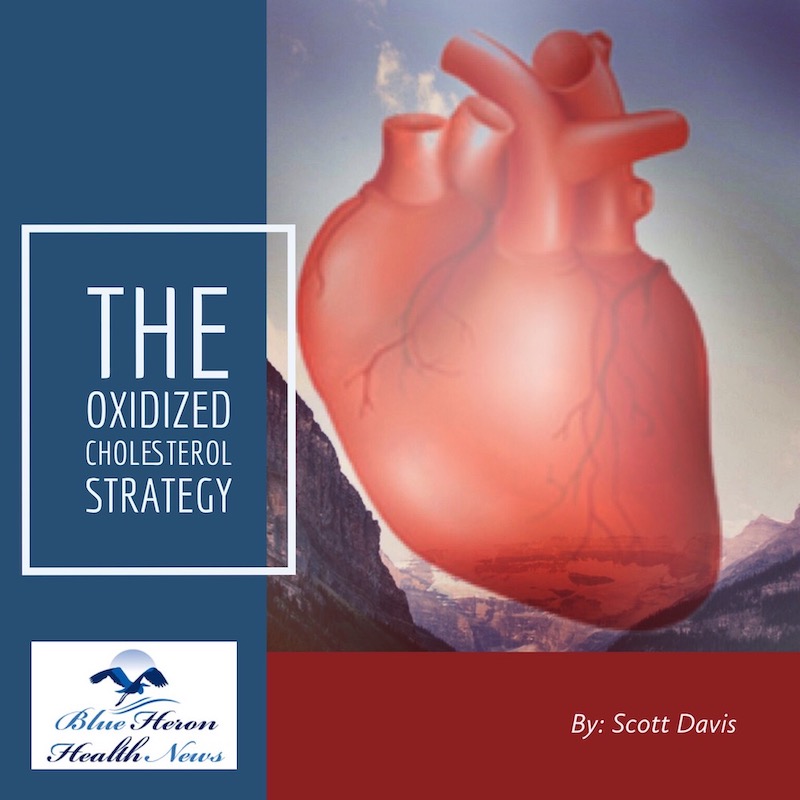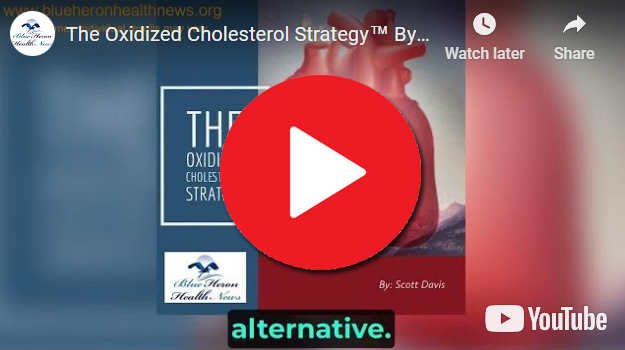
The Oxidized Cholesterol Strategy™ By Scott Davis The Oxidized Cholesterol Strategy is a well-researched program that reveals little known secret on how to tackle cholesterol plaque. This program will tell you step by step instructions on what you need to completely clean plaque buildup in your arteries so as to drop your cholesterol to healthy level.
What are the potential effects of oxidized cholesterol on the liver?
Oxidized cholesterol, particularly oxidized low-density lipoprotein (OxLDL), can have several adverse effects on the liver. The liver is a central organ in lipid metabolism, detoxification, and various other critical functions. The presence of oxidized cholesterol can disrupt these processes and contribute to liver disease. Here are the potential effects of oxidized cholesterol on the liver in detail:
1. Liver Inflammation and Oxidative Stress
Kupffer Cell Activation
- Kupffer Cells: These resident macrophages in the liver are activated by OxLDL, leading to the production of pro-inflammatory cytokines (e.g., TNF-α, IL-6) and reactive oxygen species (ROS).
- Inflammatory Response: This activation results in a localized inflammatory response, which can contribute to liver damage over time.
Increased Oxidative Stress
- ROS Production: OxLDL can increase ROS production within liver cells, leading to oxidative stress.
- Antioxidant Depletion: OxLDL-induced oxidative stress can deplete the liver’s antioxidant defenses, such as glutathione, making the liver more susceptible to further damage.
2. Non-Alcoholic Fatty Liver Disease (NAFLD) and Non-Alcoholic Steatohepatitis (NASH)
Fat Accumulation
- Hepatic Steatosis: OxLDL contributes to the development of hepatic steatosis by promoting lipid accumulation in hepatocytes. This is a hallmark of NAFLD.
- Lipid Peroxidation: The oxidative modification of lipids within hepatocytes further exacerbates liver injury.
Progression to NASH
- Inflammation and Fibrosis: Chronic inflammation induced by OxLDL can lead to non-alcoholic steatohepatitis (NASH), characterized by liver inflammation and fibrosis.
- Fibrogenesis: Kupffer cells and hepatic stellate cells activated by OxLDL release fibrogenic cytokines (e.g., TGF-β), promoting the deposition of extracellular matrix and leading to fibrosis.
3. Atherosclerosis and Liver Health
Hepatic Artery Involvement
- Atherosclerosis in Hepatic Arteries: OxLDL can contribute to the development of atherosclerosis in the hepatic arteries, impairing blood flow to the liver and exacerbating liver damage.
- Ischemia and Hypoxia: Reduced blood flow due to atherosclerosis can lead to ischemic injury and hypoxia in liver tissue, further contributing to liver dysfunction.
4. Lipid Metabolism Disruption
Altered Lipoprotein Processing
- LDL Receptors: OxLDL can downregulate LDL receptors on hepatocytes, impairing the liver’s ability to clear LDL cholesterol from the bloodstream.
- VLDL Secretion: OxLDL can also affect the secretion of very low-density lipoprotein (VLDL), disrupting normal lipid metabolism and leading to dyslipidemia.
5. Cholestasis and Bile Acid Metabolism
Bile Acid Synthesis
- Impaired Bile Acid Production: OxLDL-induced liver damage can impair bile acid synthesis, affecting the digestion and absorption of dietary fats.
- Cholestasis: Chronic liver inflammation and damage from OxLDL can lead to cholestasis, a condition characterized by reduced or obstructed bile flow, resulting in the accumulation of bile acids in the liver and bloodstream.
6. Liver Fibrosis and Cirrhosis
Fibrogenic Activation
- Hepatic Stellate Cells: OxLDL activates hepatic stellate cells, which play a crucial role in liver fibrosis by producing collagen and other extracellular matrix components.
- Progression to Cirrhosis: Chronic liver injury and fibrosis can eventually lead to cirrhosis, characterized by extensive scarring, loss of liver function, and increased risk of liver failure.
7. Hepatocellular Carcinoma (HCC)
Carcinogenic Potential
- Chronic Inflammation: Persistent inflammation and oxidative stress from OxLDL can contribute to the development of hepatocellular carcinoma (HCC).
- Genetic Mutations: Oxidative damage to DNA and cellular components increases the risk of genetic mutations and malignant transformation of hepatocytes.
8. Insulin Resistance and Metabolic Syndrome
Insulin Signaling Disruption
- Insulin Resistance: OxLDL and the associated inflammatory response can impair insulin signaling pathways in the liver, contributing to insulin resistance.
- Metabolic Syndrome: Insulin resistance in the liver is a key component of metabolic syndrome, which is associated with an increased risk of cardiovascular disease and type 2 diabetes.
Conclusion
Oxidized cholesterol, particularly OxLDL, has several detrimental effects on the liver, contributing to inflammation, oxidative stress, and various liver diseases such as NAFLD, NASH, fibrosis, cirrhosis, and potentially hepatocellular carcinoma. Additionally, OxLDL can disrupt lipid metabolism, bile acid synthesis, and insulin signaling, further exacerbating liver dysfunction and systemic metabolic disorders. Managing oxidative stress and maintaining healthy cholesterol levels through a balanced diet, regular exercise, and avoiding smoking are essential strategies to protect liver health and prevent the harmful effects of oxidized cholesterol.
The Oxidized Cholesterol Strategy™ By Scott Davis The Oxidized Cholesterol Strategy is a well-researched program that reveals little known secret on how to tackle cholesterol plaque. This program will tell you step by step instructions on what you need to completely clean plaque buildup in your arteries so as to drop your cholesterol to healthy level.
